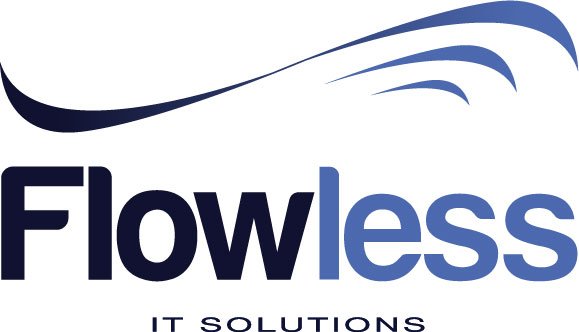Pecha Kucha
There are some people who wants to provide impressive presentation that uses some music and animations to make their audience become active and don’t fall asleep. Due to this, the Pecha Kucha becomes very popular technique to the world of business and helps most of the professionals to present a powerful talk.
Pecha Kucha is a kind of presentation wherein it has 20 slides that you can present for about 20 minutes. With the use of this 20×20 format, you will have the opportunity to keep your presentation to be concise, powerful ad fast paced in your own event that is commonly called as PechaKucha Nights.
This amazing presentation format has been discovered last February 2003 by the expert Mark Dytham and Astrid Klein at Tokyo’s Klein – Dytham Architecture. With their remarkable creation, it serves as best way for lots of entrepreneurs to attract people. Their experiment creates big impact to Japan wherein they create space event called Roppongi and allow some young designers to attend and participate in exchanging ideas and showcase their own work.
The success of their experiment becomes widely popular wherein it reaches different cities of Europe and launched also same events. The Pecha Kucha becomes popular to almost 900 cities all over the world today.
The PechaKucha Night covers almost 8-14 presentations wherein in each presentation can be shown for 20 seconds. But some organizer from other cities add some variations of this format like some of their slots are provided for live band and the 20 seconds are consist of critique for the presentation of the host. Most of the audience may come from different kinds of industry such as creative fields, art, photography, architecture and design. Each presenter is professional who has the ability to showcase their works.
So if you want to start PechaKucha Night, you need to contact professional organization of Pecha Kucha and apply. Once you are done with the informal process of your application, you will be grant with handshake which means it is the good exchange for the agreement. In this kind of event, there will be no limitations and everyone is all invited to become a part of the presentation.
Since it is registered trade name of the Klein- Dytham Architecture, the presenter will use the terms of Pecha Kucha to have the rights and at the same time get the license in order for you to reproduce your appearance.
This 20×20 format is continuously supported by the global and movement network and has the ability to cover for the cost of the web development and staff. Aside from this, they are continuously looking for effective ways to maintain the good quality of their project to make it sustainable and expand their networks.
And great news about Pecha Kucha is that, it can now also be used in some offices and schools. You are free to use this kind of format and make it open to the public. These are the reason why this Pecha Kucha becomes highly recognize by the public because you will be provided with very concise and short presentation that will be love by your audience.
— Slimane Zouggari
